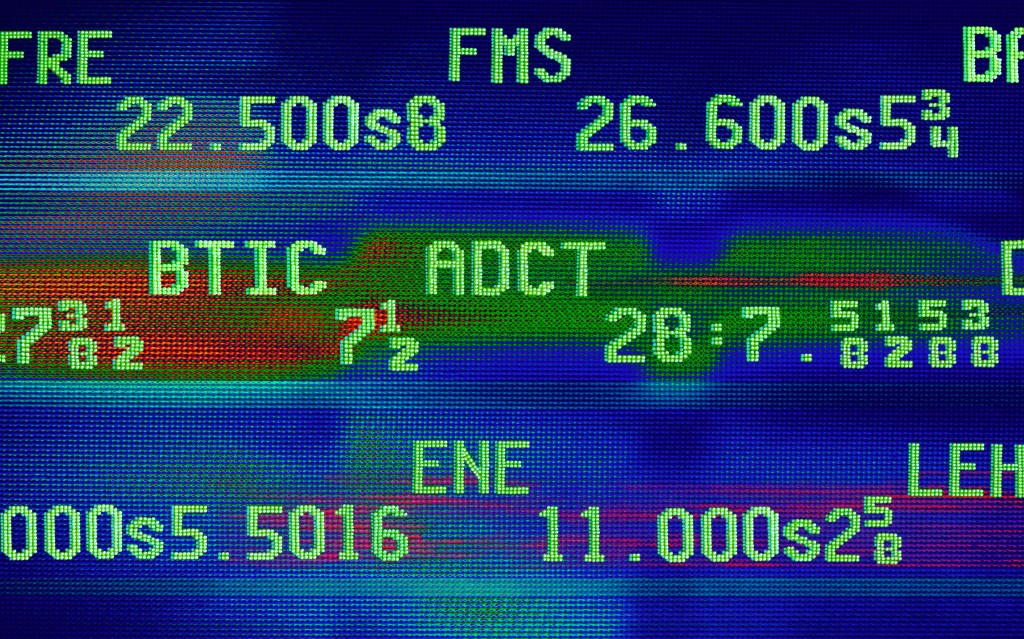5 middleweight dividend stocks
Many mid-sized companies also pay generous dividends and are worth a second look by adventuresome souls
Advertisement
Many mid-sized companies also pay generous dividends and are worth a second look by adventuresome souls

| Name | Price | P/B | P/E | Earnings Yield | Dividend Yield |
|---|---|---|---|---|---|
| Canadian Oil Sands (COS) | $20.58 | 2.09 | 12.7 | 7.87% | 6.80% |
| BCE (BCE) | $48.18 | 3.35 | 18.18 | 5.50% | 5.13% |
| Shaw (SJR.B) | $27.40 | 2.9 | 16.31 | 6.13% | 4.01% |
| Potash Corp (POT) | $39.16 | 3.4 | 22.24 | 4.50% | 3.99% |
| TELUS (T) | $38.57 | 2.91 | 17.07 | 5.86% | 3.94% |
| CIBC (CM) | $102.16 | 2.37 | 12.9 | 7.75% | 3.92% |
| Husky Energy (HSE) | $30.92 | 1.49 | 15.46 | 6.47% | 3.88% |
| Scotiabank (BNS) | $69.35 | 1.91 | 11.75 | 8.51% | 3.81% |
| Bank of Montreal (BMO) | $82.74 | 1.77 | 12.75 | 7.84% | 3.77% |
| Fortis (FTS) | $34.12 | 1.5 | 21.46 | 4.66% | 3.75% |
Share this article Share on Facebook Share on Twitter Share on Linkedin Share on Reddit Share on Email